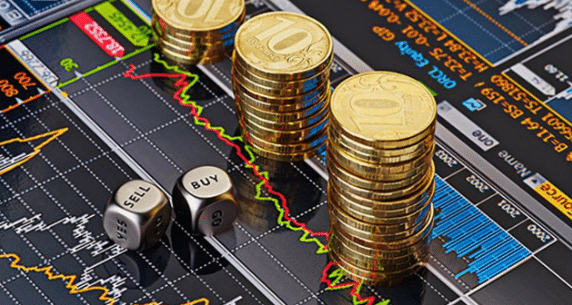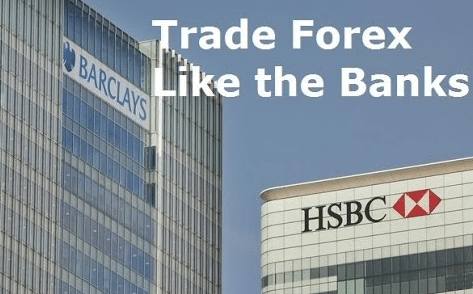The foreign exchange (forex) market is the largest financial market in the world. Particularly, this market entails the exchange of currencies among players like banks, large corporations, and individuals like you. The rate at which one currency buys another one changes frequently, and market participants exploit the difference to make a profit.
Understanding the forex market

Vast and complex, the forex market is just opening up to retail traders. It means it was open long before but only to the big boys. To understand the forex market, it is imperative that you understand the parties that trade and why the exchange happens. Each participant operates within a certain category of the forex market. This article will explain each category as well as the participants in each of them.
- The interbank market
This section accounts for the lion’s share of the forex market. Usually, banks and other financial institutions move large sums of money among themselves. It means that differences in exchange rates result in huge sums of money. Therefore, financial institutions need to manage interest rate risks through currency speculation and currency trading. Primary participants in this section of the forex market include big banks, central banks, hedge funds, and banks representing large corporations and high net worth people.
- Large forex traders
It is like the second tier in the pecking order of the forex market. In particular, many hedge funds, mutual funds, investment managers, and ridiculously moneyed individuals operate in this section. The players at this level have the ability and willingness to take enormous risks. Investment managers, on the other hand, need to move vast sums of money in the process of servicing clients like pension funds. If the transactions involve the money crossing sovereign borders, then the investment manager may need to buy and sell foreign currencies.
- Large multinational companies
The third tier of the forex market includes multinationals that need to move money across national bordersfrequently. For example, a car manufacturing company in China may need to sell yuan to buy US dollars with which it can buy steel from a US-based company. If the US-based company receives its raw materials from Europe, then it has to sell the US dollars to buy Euros with which it can pay for the raw materials. Interestingly, all these transactions take place in the spot forex market.
- Retail forex traders

It is where online forex traders like you belong. Since this tier is barely three decades old, it makes for the smallest share of the forex market. Here, human traders and forex expert advisors engage in a daily back and forth looking for trading opportunities. However, retail traders are at the mercy of the big banks that determine critical things like spreads.
If the big banks determine the spreads in the forex market, then they influence the number of profits that retail traders earn. The big banks are the market makers in the sense that they set the mood of the entire ecosystem. Usually, the big banks rely on fundamental data within the global economy to decide the side on which they will take. Also, the banks consider the market technicals.
From the foregoing, retail traders must understand how big banks trade forex. Without this knowledge, even the best forex indicators for automated trading cannot help you to earn a fraction of a pip. Imperatively, successful traders that set up algorithmic FX trading systems take into account the actions of the big banks. Nonetheless, the big question is, how do the big banks trade forex?
How big banks trade forex

It might seem complicated, but that is not the case. Big banks like Citi, HSBC, JPMorgan, Goldman Sachs and more, handle huge sums of money daily. The money comes from customer deposits, customer transactions, and many other activities in which the banks participate. However, you should note that big banks engage in proprietary forex trading as well as facilitating trades for other market participants. When trading for themselves, big banks stick to three main strategies.
In the first place, big banks trade through accumulation strategy. It is quite surprising because you would expect such institutions to hold trade positions for the shortest time possible. Yet, the big banks may hold trade positions for months. Particularly, big banks have access to a wealth of information about the global economy. As such, they can efficiently perform a fundamental analysis to get a feel of what the market might look like months away. Besides, the banks have the best research and analysis teams that utilize the best forex indicators to visualize a possible future scenario.
The second strategy that big banks use to trade forex is manipulation. Usually, the banks take this step to tease the market and to ready it for distribution of the accumulated value. , this is a delusive push to determine the ideal time to release the selling pressure mounted during the accumulation period. Finally, the banks release the pressure, which pushes the price. Also, this is why big banks go by the name “market makers” because they decide the bid and ask price of currency pairs.







